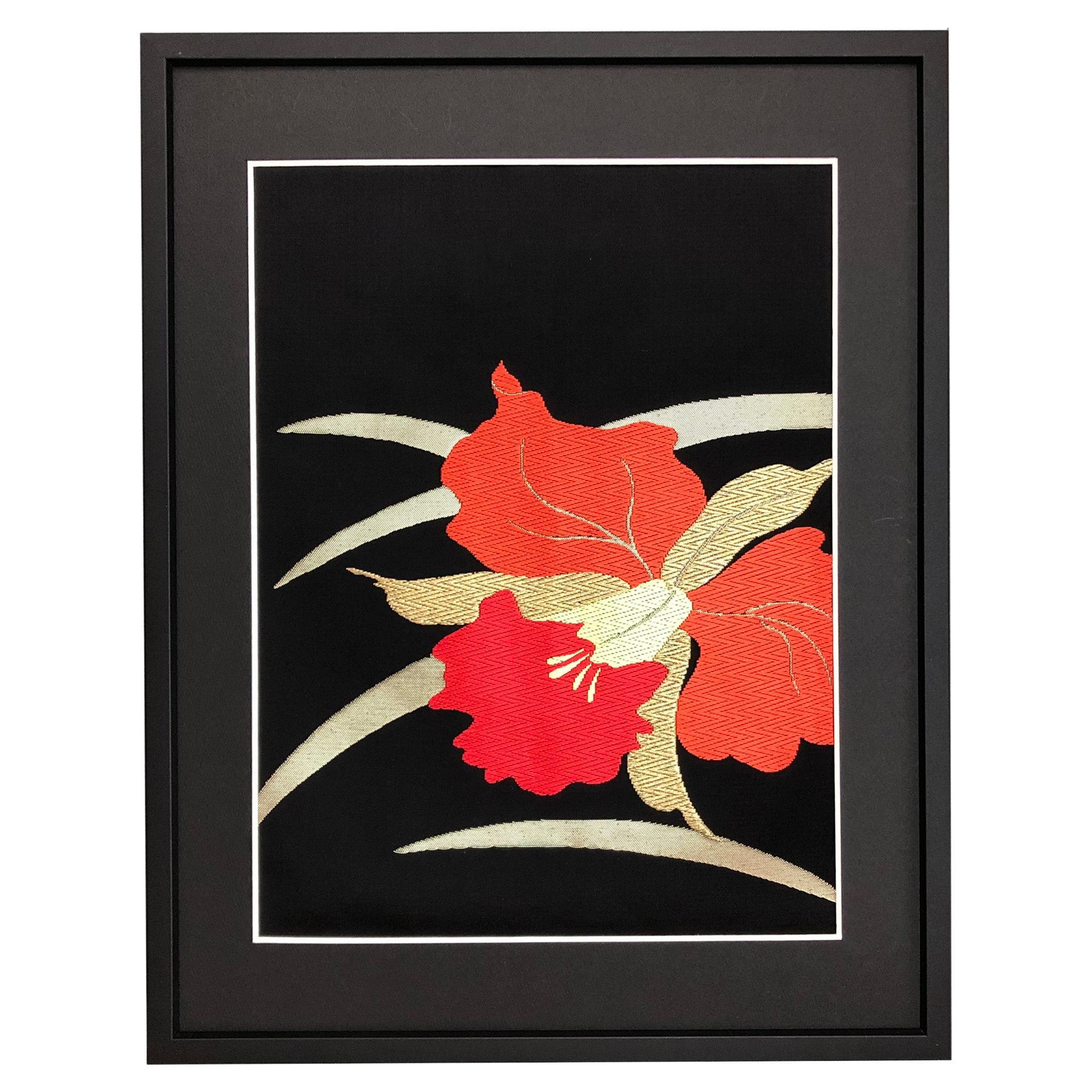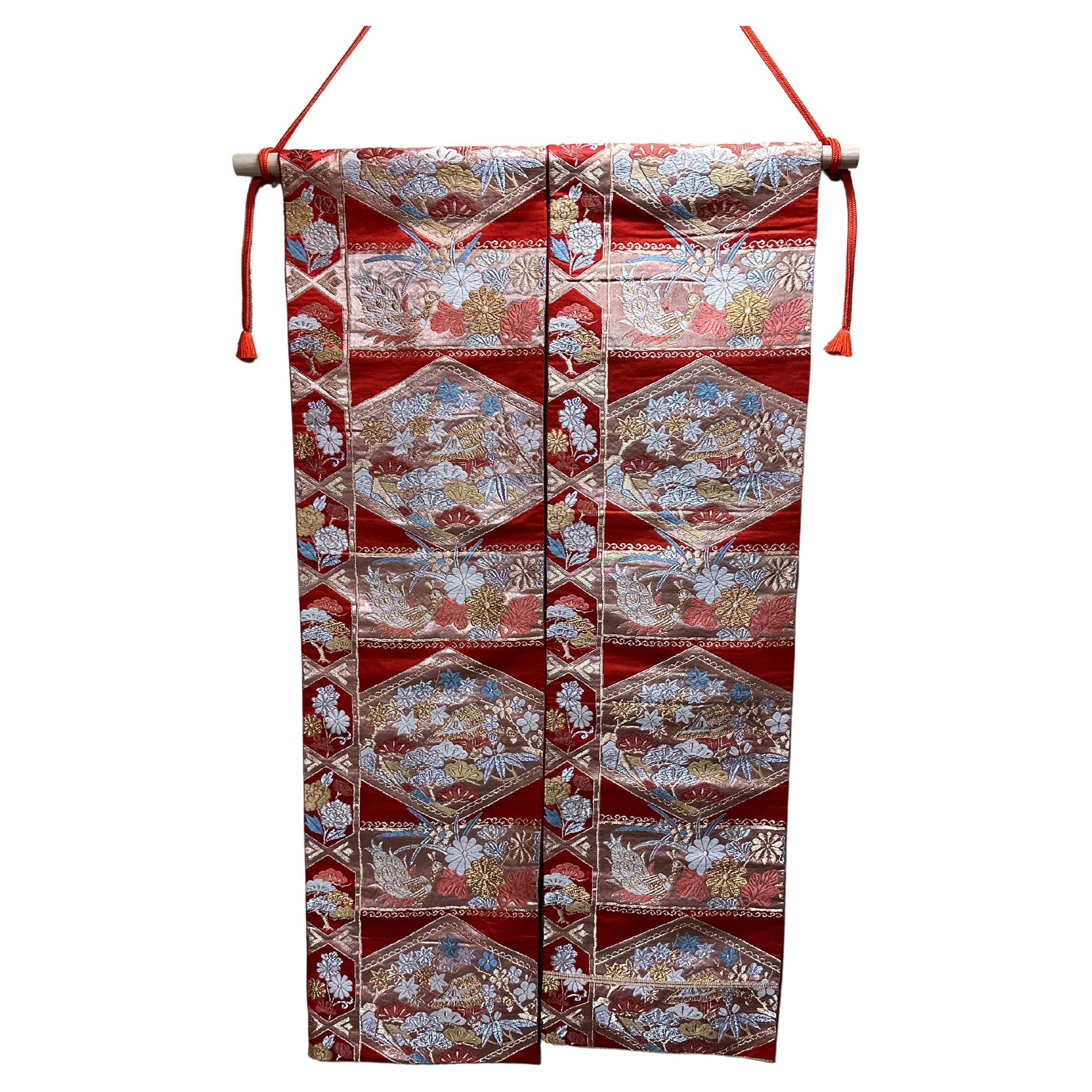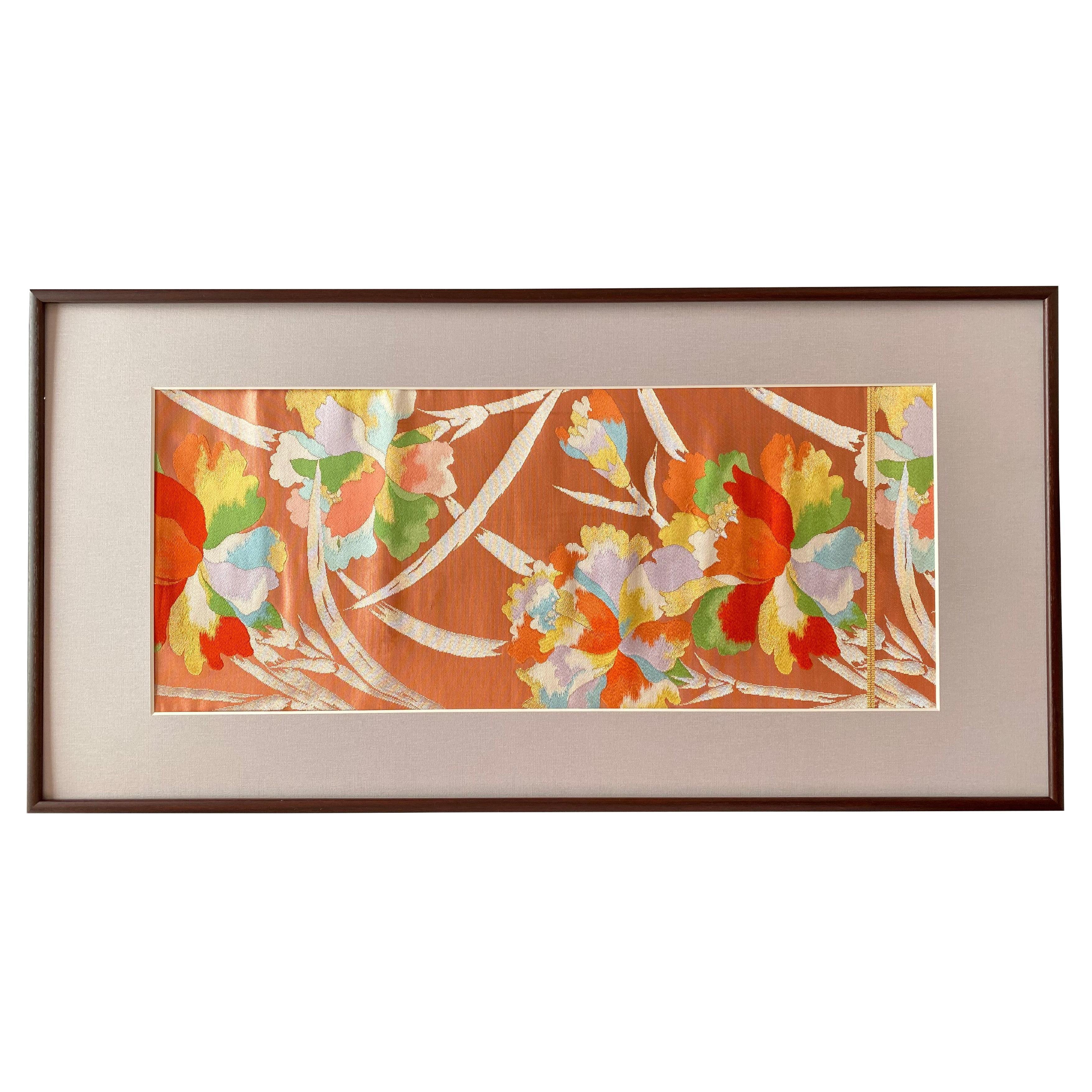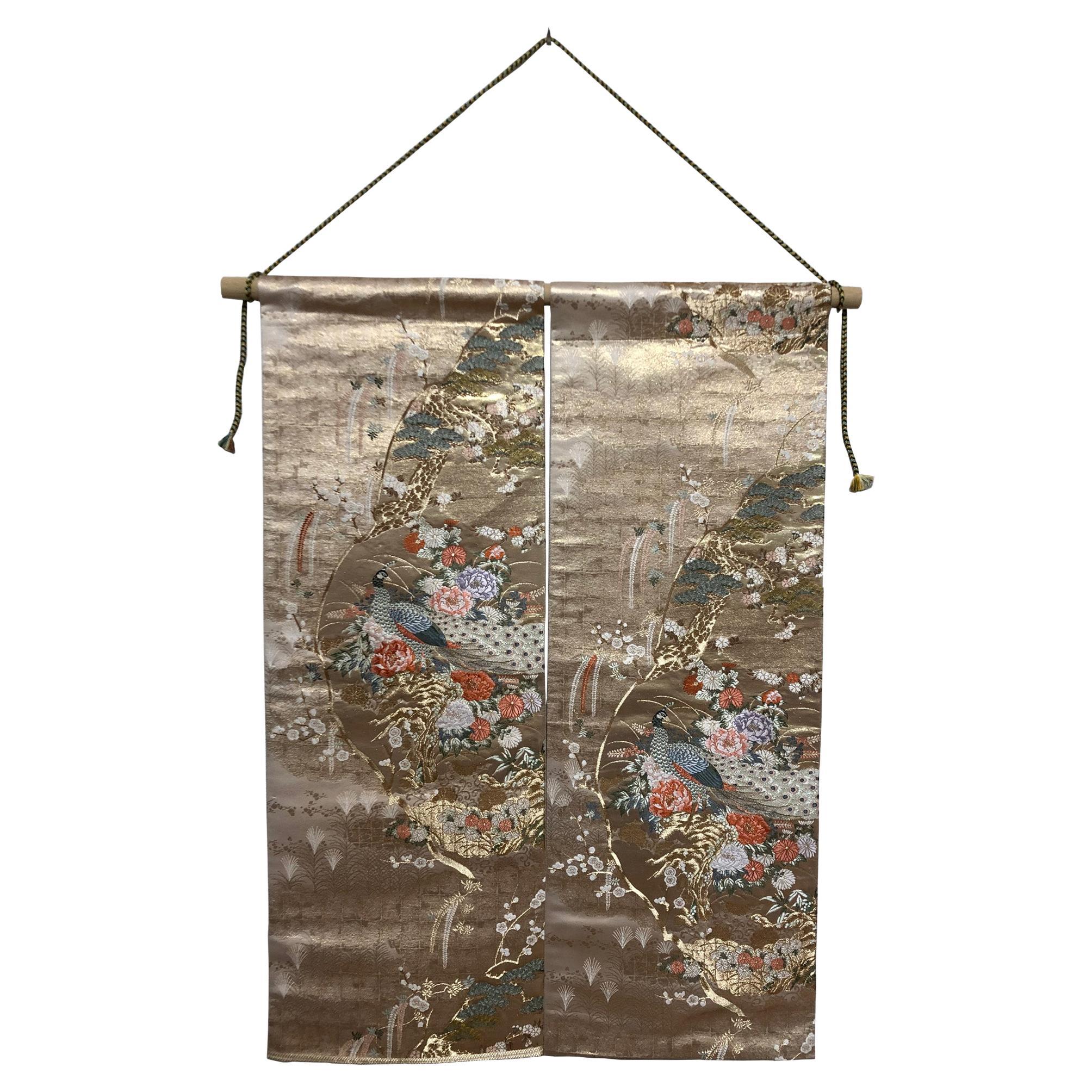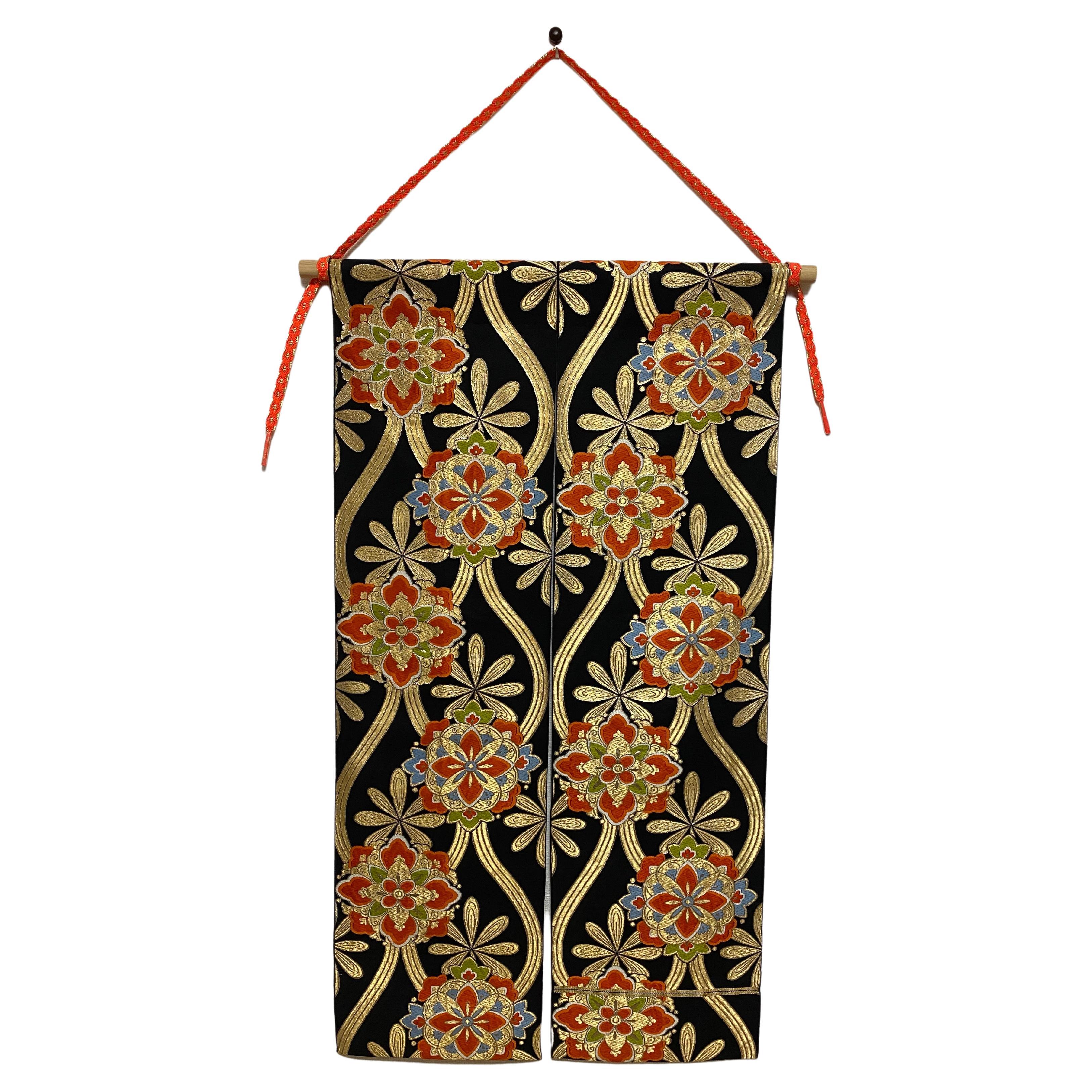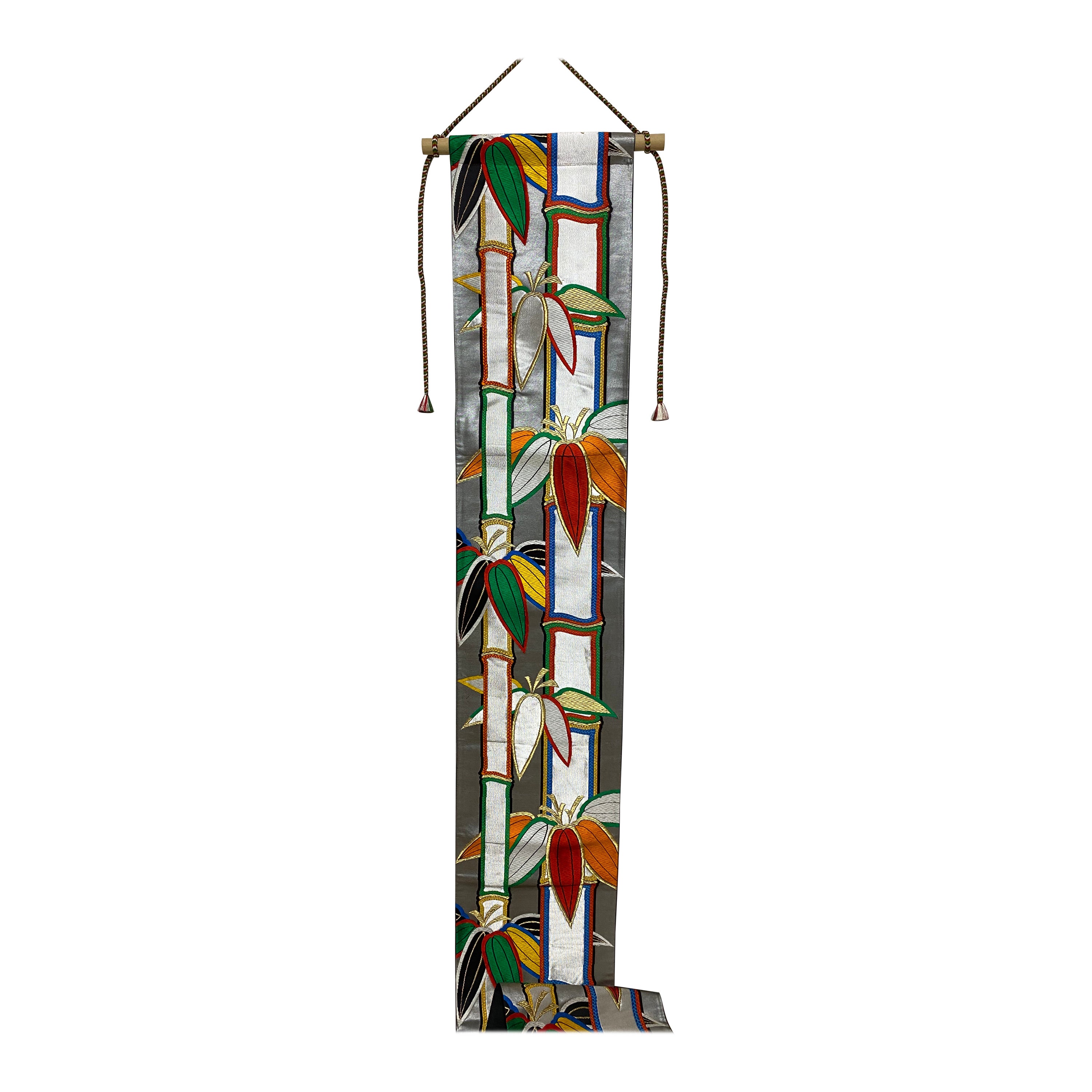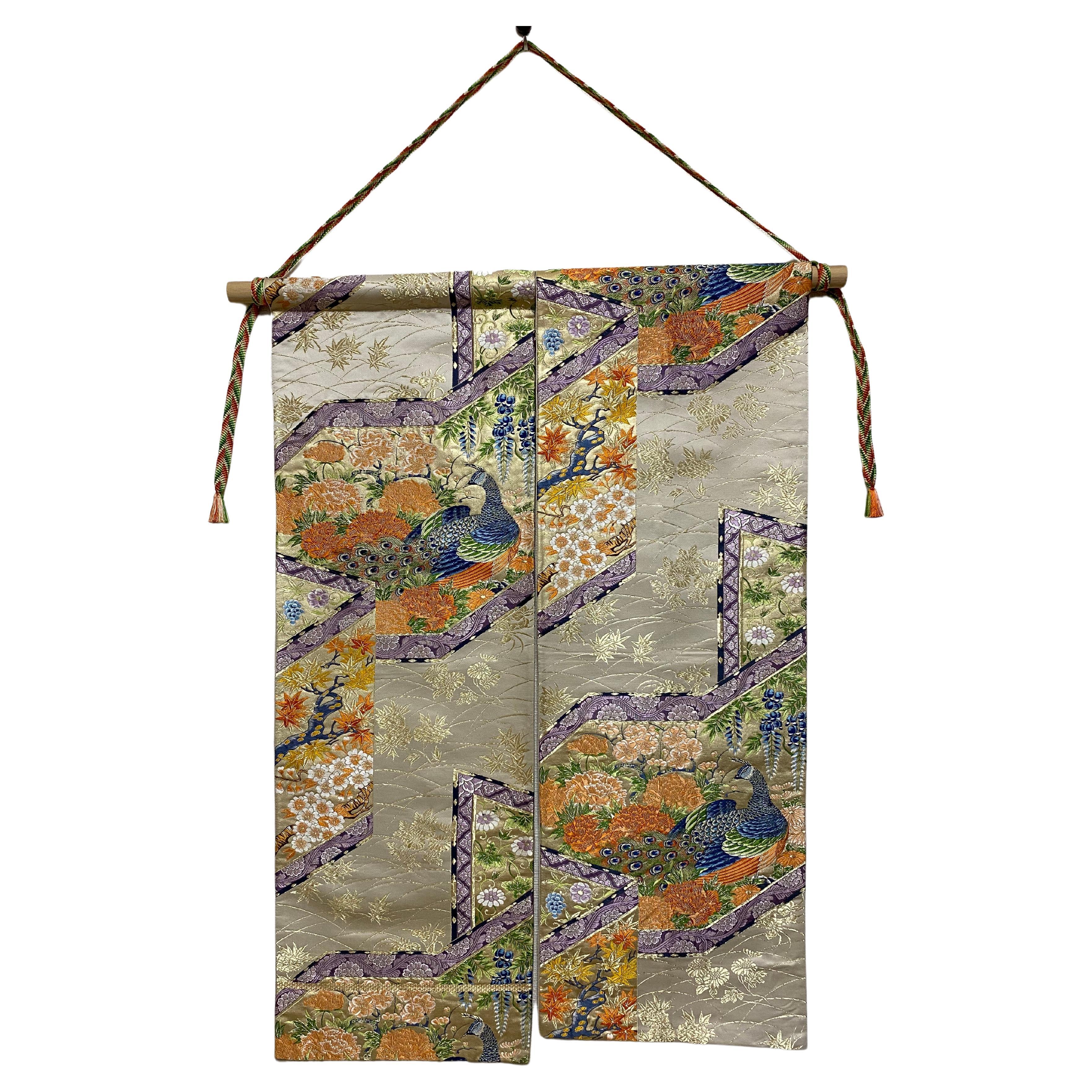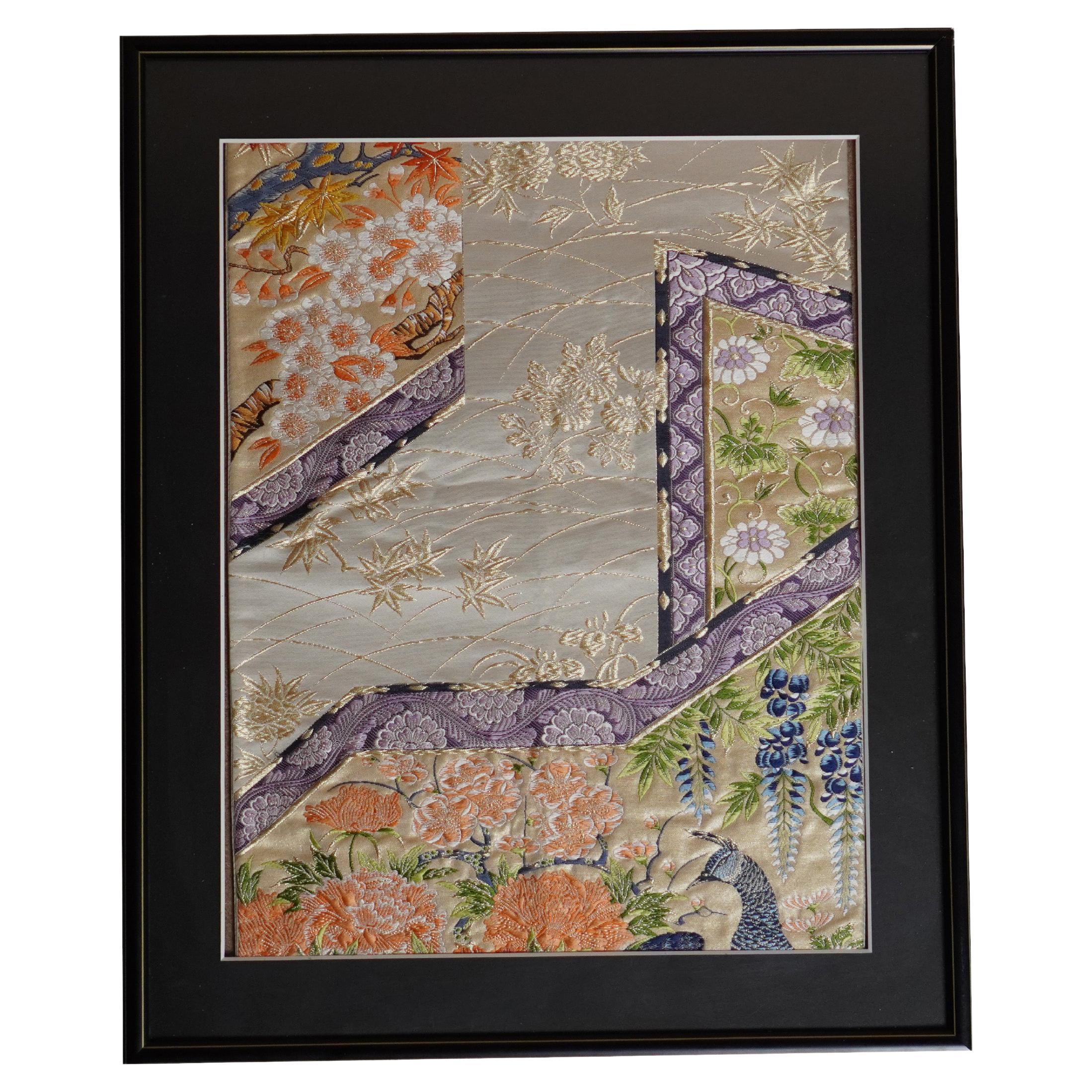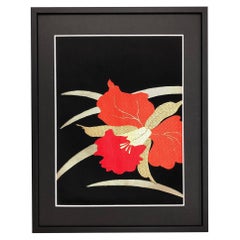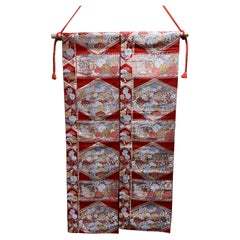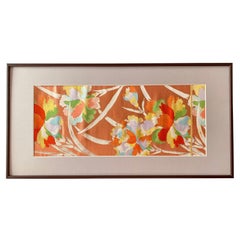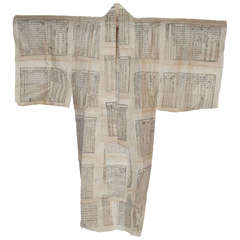
Long Paper Kimono Made of Vintage Japanese Paper
View Similar Items
1 of 1
Long Paper Kimono Made of Vintage Japanese Paper
About the Item
- Dimensions:Height: 44 in (111.76 cm)Width: 0.5 in (1.27 cm)Depth: 37 in (93.98 cm)
- Place of Origin:
- Period:
- Date of Manufacture:2000
- Condition:
- Seller Location:Richmond, CA
- Reference Number:Seller: pk11stDibs: LU88951217660
You May Also Like
- KURENAI (Orchid) by Kimono-Couture, Japanese Kimono ArtLocated in Shibuya City, Tokyo"KURENAI" by Kimono-Couture *Japanese Kimono Art *Handmade by Kimono-Couture *One-of-a-kind Japanese Wall Art Kimono-Couture are proud to present this one-of-a-kind Japanese Wall Art, framed with vintage kimono obi...Category
21st Century and Contemporary Japanese Contemporary Art
MaterialsSilk, Thread
- Japanese Kimono Art / Tapestry, LongevityLocated in Shibuya City, TokyoThis orange silk-based obi is decorated with a tortoiseshell l pattern. The tortoiseshell pattern was handed down from China during the Asuka period in Japan. During the Heian period , only aristocrats were allowed to use the pattern, and the general public could not even see it. Therefore, the tortoiseshell pattern is known as a sacred and prestigious pattern. The tortoiseshell pattern is a regular hexagonal pattern, derived from the shell of a turtle. The regular hexagon is said to be the most stable shape in nature, which means ""sturdy and strong. Today, it is also said to be a pattern that brings good luck in money. The tortoiseshell pattern is decorated with pine trees, bamboo, plum blossoms, and flowers of the four seasons such as chrysanthemums, daffodils, autumn leaves, and peonies. In Japan, the pine, bamboo, and plum trees have been a traditional Japanese good-luck charm since around the Edo period Pine trees are as long as 200 to 400 years old, and some are thousands of years old. Pine trees grow in harsh environments where other trees cannot thrive, and they are considered a symbol of vitality and longevity because of their year-round blue foliage. Bamboo is a symbol of prosperity of offspring because it grows straight and straight with new shoots. Because of its nutritional value, the plum tree played the role of a medicine against illness in ancient Japan. When a Japanese emperor fell ill, he ate...Category
21st Century and Contemporary Japanese Tapestries
MaterialsSilk, Thread
$702 Sale Price55% Off - Japanese Wall Art / Kimono Art, Field of CarnationLocated in Shibuya City, Tokyo"Field of Carnation" by Kimono-Couture *Japanese Kimono Art *Handmade by Kimono-Couture *One-of-a-kind Japanese Art Using Japanese traditional kimono obi, our craftsmen have carefu...Category
21st Century and Contemporary Japanese Contemporary Art
MaterialsSilk, Thread
$688 Sale Price27% Off - Japanese Kimono Art / Tapestry, the Queen of PeacocksLocated in Shibuya City, TokyoThis work of art is made of traditional kimono obi, and is a one-of-a-kind piece created by skilled Japanese artisans. This obi is made of silk and gold leaf and is decorated with...Category
21st Century and Contemporary Japanese Tapestries
MaterialsSilk, Thread
$1,224 Sale Price21% Off - Japanese Art / Kimono Art, Tate-Waku(立涌)Located in Shibuya City, Tokyo"TATE-WAKU" by Kimono-Couture *Japanese Kimono Art *Handmade by Kimono-Couture *One-of-a-kind Japanese Art This wonderful Japanese Art, made of venerable kimono obi...Category
21st Century and Contemporary Japanese Tapestries
MaterialsSilk, Thread
$1,064 Sale Price34% Off - Japanese Tapestry / Kimono Art -Rainbow Bamboo-Located in Shibuya City, TokyoThis one-of-a-kind work of art, using a traditional kimono obi, is a masterpiece of Japanese craftsmanship. On a black silk ground and silver foil base, a gorgeous bamboo is embroidered by gold and silver threads and colorful silks such as red, yellow, orange, and green. Bamboo is a symbol of "healthy growth" and "steadfast loyalty" as it grows straight, strong, and spreads lush green leaves even in the cold of winter. As described in "Taketori-Monogatari" (the oldest story in Japan), it has been believed since ancient times that spiritual power resides in the joints and knots of bamboo. Thus, bamboo has been long cherished as a mysterious good-luck charm. This work evokes both the formidable power of bamboo and the elegance that overflows from the delicate use of color. In addition, although it is a traditional Japanese kimono obi...Category
21st Century and Contemporary Japanese Tapestries
MaterialsSilk, Thread
$576 Sale Price55% Off

